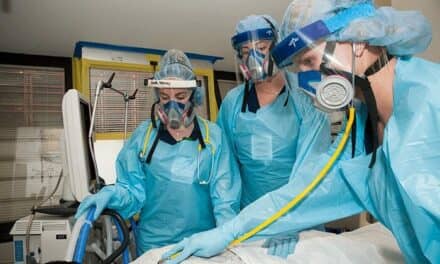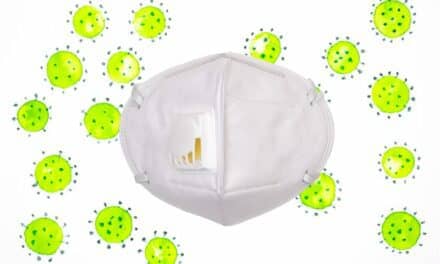Applied UV, Inc., a pathogen elimination technology company that applies the power of narrow-range ultraviolet light (UVC) for surface areas and catalytic bioconversion technology for air purification to destroy pathogens safely, says its subsidiary SteriLumen has just installed its patented LumiCide Surface and Drain UVC Disinfecting Systems initially, in 17 patient rooms at Mt. Sinai Medical Center Morningside.
Mount Sinai Morningside, formerly known as Mount Sinai St. Luke’s, is a teaching hospital located in the Morningside Heights neighborhood of Manhattan in New York City.
Mt. Sinai plans to publish the results in an Academic Paper later this summer which would further validate the previously obtained independent results. This validation could help facilitate the adoption of the LumiCide Surface and Drain disinfection solutions throughout healthcare facilities globally.
Mount Sinai Morningside is affiliated with the Icahn School of Medicine at Mount Sinai and the Mount Sinai Health System, a nonprofit hospital system formed by the merger of Continuum Health Partners and the Mount Sinai Medical Center in September 2013. It provides general medical and surgical facilities, ambulatory care, and a Level 2 Trauma Center, verified by the American College of Surgeons. It operates 21 clinics and as of 2020, is nationally ranked by U.S. News & World Report.
“We welcome Mt. Sinai Medical Center to the Applied UV Family,” says John F. Andrews Applied UV’s CEO and director. “The addition of this premier, globally recognized, and respected teaching institution to our growing list of leading hospitals who place their trust in our patented disinfection products (both air and surface) is further testament to the proven effectiveness but also, too the growing interest of globally recognized brands and companies who use our family of solutions to protect their facilities, employees, and products from harmful airborne and surface related pathogens. We look forward to a long and successful relationship with the Mt. Sinai team.”
The LumiCide Disinfection System product line has the following attributes:
- Focus on the sink area and drain: Focuses on pathogens that accumulate on the sink area, including handles, faucets, and backsplash and in the drain.
- UVC LED Pathogen Destruction:Destroys 4 logs (99.99%) some of the most dangerous pathogens like COVID 19, MERSA C’diff, in the bathroom vanity/sink area with at least two hours of continuous use.
- Automatic operation: Built-in programmable controller that ensures operation for the full required daily time and is not dependent on manual operation.
- Continuous operation: Works in cycles of two hour on and four hours off, except for the disinfecting drain which is on 15 minutes every hour. The timing protocol is managed by a programmable controller and a motion detector enclosed within each device and works while the room is still occupied and while the bathroom is not in use, therefore, continuously disinfecting an area of ongoing high contamination.
- Safety:Built-in motion detector and sensor automatically shuts off the UVC light when anyone enters the room eliminating any concern over UV safety. Once there is no movement in the room for 10 minutes the UVC light comes back on to restart and continue its cycle.
- Removable UVC LED panel: The UVC LEDs are installed via a removable panel, leading to ease of replacement or upgrade.
- Ease of Installation: The unit is easy to install and uses standard electrical wiring.
- IOT connectivity:IOT connectivity uses Wi-Fi and RF technology that will enable continuous transmission of use and functionality data over the Internet for collection and analysis.
Applied UV’s internal research and research provided by the CDC estimates that each year about 1 in 25 U.S. hospital patients (approximately 1.4M Americans) are diagnosed with at least one infection related to hospital care alone and additional infections occur in other healthcare settings.
Approximately 900,000 Americans die each year due to complications associated with Hospital Acquired Infections (HAI). Many HAI’s are caused by the most urgent and serious antibiotic -resistant (AR) bacteria and my lead to sepsis of death. According to NIH, Healthcare-associated infections are known to increase the length of stay, health care costs, and mortality. Each year the top 5 healthcare-associated infections result in about $9.8 billion costs.
Featured image: SteriLumen UVC Technology. Photo: Applied UV





